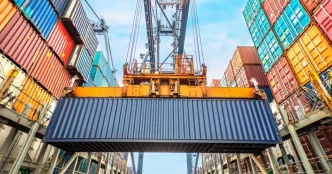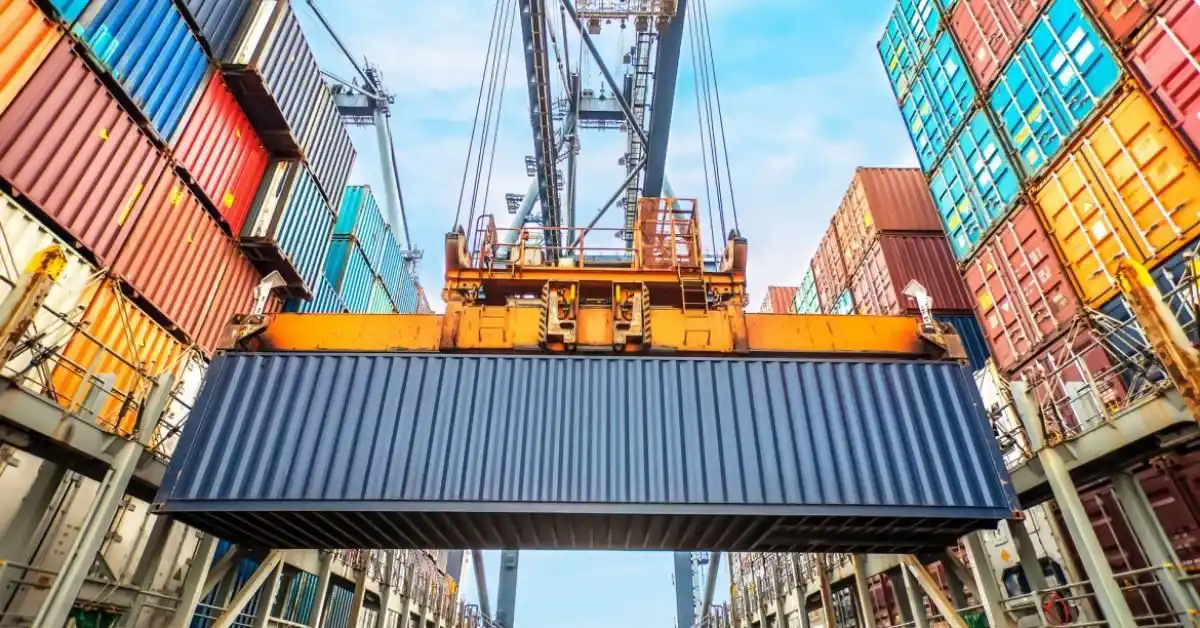In a significant step toward enhancing regional economic integration, Laos and Malaysia have signed a Memorandum of Cooperation to establish a strategic rail-sea trade route, linking southern China to Malaysia’s west coast through Laos and Thailand. The agreement, formalized on May 25, 2025, between Penang Port Sdn Bhd (PPSB) of Malaysia and Thanaleng Dry Port (TDP) of Laos, was witnessed by Lao Prime Minister Sonexay Siphandone and Malaysian Prime Minister Datuk Seri Anwar Ibrahim during an official visit in Malaysia. This partnership aims to transform Laos from a landlocked nation into a pivotal logistics hub within the ASEAN region, while bolstering economic ties between the two countries.
A Milestone for Regional Connectivity
The Memorandum of Cooperation was exchanged between MMC Port Holdings Sdn Bhd Chief Executive Officer Datuk Azman Shah Mohd Yusof and PTL Holding Co., Ltd. Chairman and Founder Dr Chanthone Sitthixay. The signing took place as part of Prime Minister Siphandone’s visit to Malaysia, which coincided with the 46th Summit of the Association of Southeast Asian Nations (ASEAN) held on May 26-27. The agreement represents a broader initiative under the Pan-Asia Railway Network, integrating the China-Laos Railway to create a seamless trade corridor across the region.
Thanaleng Dry Port, managed by Vientiane Logistics Park Co., Ltd., serves as Laos’ primary integrated logistics center and the single window customs clearance point on the Laos-China Railway. Meanwhile, PPSB, a subsidiary of MMC Port Holdings, operates as part of Malaysia’s largest port network, overseeing key facilities such as Penang Port and the Port of Tanjung Pelepas. Together, these entities aim to streamline cross-border trade by reducing transit times and logistics costs, enhancing supply chain efficiency, and fostering economic growth across ASEAN.
Sakhone Philangam, managing director of Thanaleng Dry Port, emphasized the transformative potential of this collaboration. “In logistics, you need agglomeration and massification. We don’t have that volume, so this partnership will enable us to tap into a larger logistics network” he told Malaysian state news agency Bernama. For Laos, a small-scale economy constrained by its landlocked geography, such partnerships are vital to increasing trade volumes and establishing the country as a key player in regional logistics.
From Landlocked to Land-Linked
The strategic vision behind this partnership aligns with Laos’ national goal of transitioning from a landlocked to a land-linked nation. The Thanaleng Dry Port, located near Vientiane, is a critical node in this transformation. It connects the standard-gauge Laos-China Railway with the one-meter gauge Laos-Thailand rail track, facilitating seamless rail freight expresses that link Malaysia to several Chinese cities. This infrastructure has already proven instrumental in boosting cross-border trade, with the port securing a previous agreement with Malaysia’s Mutiara Perlis Sdn Bhd for inland port services.
The new collaboration with PPSB will further enhance operational capabilities through shared knowledge, joint marketing efforts, system integration, simplified documentation processes, harmonized infrastructure, and short-term personnel exchanges. Datuk Azman Shah highlighted the mutual benefits of the initiative, stating, “We are pleased to contribute to Thanaleng Dry Port’s efforts to realize Laos’ national strategy to transform from a land-locked country to a land-linked nation” as reported by Bernama. The partnership is expected to significantly improve connectivity, not just for Laos and Malaysia, but for the broader ASEAN region.
Economic Impacts and Bilateral Growth
Bilateral trade between Laos and Malaysia has seen steady growth in recent years, reaching over US$43 million in 2024, up from US$30 million in 2023, according to data from the Lao Ministry of Foreign Affairs. Malaysia also stands as Laos’ fourth-largest foreign investor, with investments totaling US$946 million across 88 projects in sectors such as renewable energy, transport, telecommunications, construction, banking, and hospitality. This new trade partnership is poised to further deepen these economic ties, creating opportunities for increased investment and trade flows.
For Laos, the rail-sea route offers a lifeline to global markets. By leveraging Malaysia’s extensive port infrastructure on the west coast, Lao goods can more efficiently reach international destinations, bypassing the logistical challenges posed by the country’s geography. Conversely, Malaysia benefits from enhanced access to southern China via the China-Laos Railway, positioning its ports as critical gateways for regional trade. Analysts suggest that this could lead to a significant uptick in container traffic through Malaysian ports, further solidifying the country’s role as a maritime hub in Southeast Asia.
Challenges and Opportunities Ahead
While the partnership holds immense promise, it is not without challenges. Harmonizing infrastructure and regulatory frameworks between Laos and Malaysia will require sustained effort, particularly given the disparities in economic scale and logistical capacity between the two nations. Additionally, the integration of rail and sea networks must contend with potential bottlenecks at border crossings and customs points, which could delay the anticipated reductions in transit times if not addressed proactively.
Moreover, Laos’ reliance on regional partners like China and Malaysia raises questions about the balance of benefits. While the partnership aims to boost Laos’ economy, there is a risk that the country could become overly dependent on foreign infrastructure and investment, potentially limiting its autonomy in shaping national trade policies. Observers note that ensuring equitable gains will be critical to the long-term success of this initiative, with Laos needing to prioritize capacity building and local expertise alongside foreign collaboration.
Despite these hurdles, the agreement marks a pivotal moment for ASEAN connectivity. The Pan-Asia Railway Network, of which this rail-sea route is a part, has the potential to reshape trade dynamics in the region, linking landlocked countries like Laos to global supply chains. If successful, the partnership could serve as a model for other ASEAN nations seeking to overcome geographical constraints through regional cooperation.
Broader Implications for ASEAN
The Laos-Malaysia partnership reflects a growing trend within ASEAN toward integrated transport and logistics networks as a means of driving economic growth. With the region’s economies increasingly interconnected, initiatives like the rail-sea route underscore the importance of collaborative infrastructure projects in achieving the ASEAN Economic Community’s vision of a single market and production base. This agreement also aligns with broader regional efforts to enhance connectivity, such as the ASEAN Connectivity Master Plan 2025, which prioritizes seamless transport links across member states.
For Malaysia, the partnership reinforces its position as a leader in regional trade and logistics. MMC Port Holdings, which operates five major ports across Peninsular Malaysia, brings significant expertise to the collaboration, potentially setting a precedent for similar agreements with other ASEAN nations. Meanwhile, Laos’ strategic location at the crossroads of China, Thailand, and Vietnam positions it as an indispensable link in the regional trade network, provided it can capitalize on partnerships like this to build robust logistical infrastructure.
Public sentiment in both countries appears cautiously optimistic. In Laos, the agreement has been hailed as a step toward economic modernization, with local businesses hopeful for increased access to international markets. In Malaysia, industry stakeholders view the partnership as a boost to the country’s port sector, though some express concerns about the need for equitable cost-sharing and risk management in such cross-border initiatives.
As this rail-sea trade route takes shape, its success will hinge on the ability of Laos and Malaysia to navigate logistical, regulatory, and economic challenges while maintaining a shared commitment to mutual benefit. For now, the partnership stands as a testament to the power of regional cooperation in unlocking new pathways for growth, with the potential to redefine Laos’ role in the ASEAN economic landscape.
Looking ahead, the impact of this collaboration on trade volumes, transit efficiency, and regional integration remains to be seen. Yet, as Laos and Malaysia chart this new course together, one question looms large: can this partnership truly transform Laos into a land-linked hub, or will the complexities of regional trade temper its ambitions?















